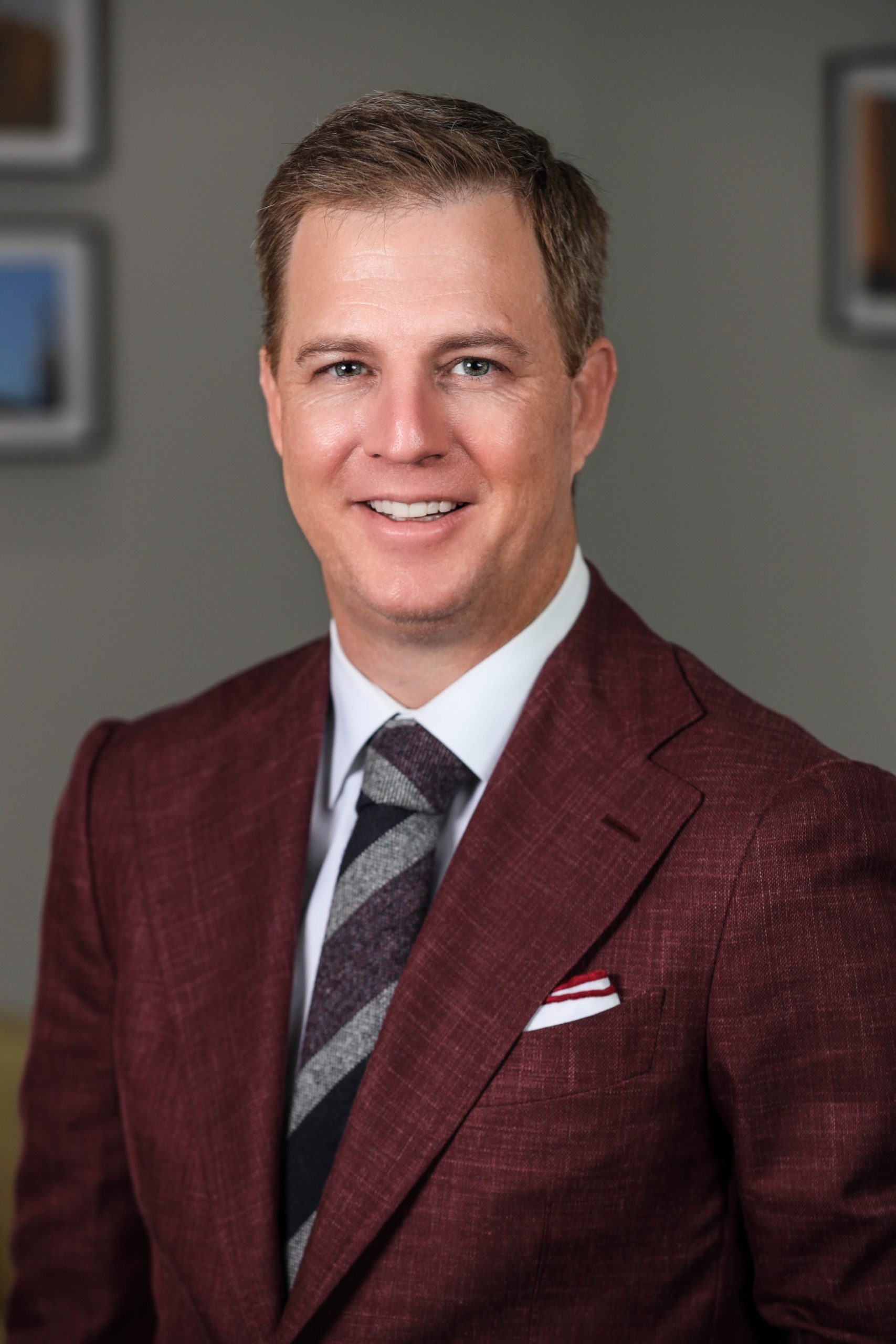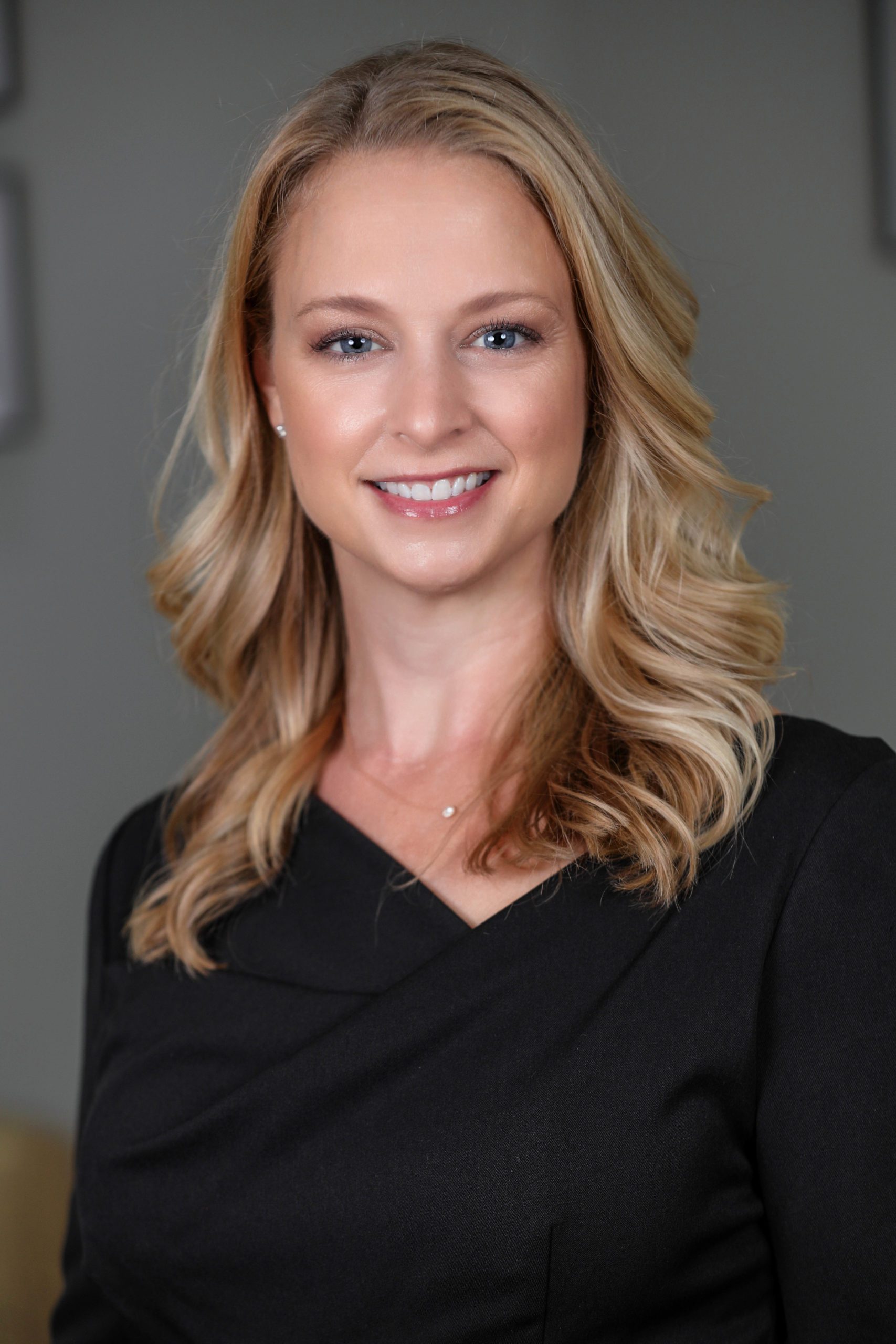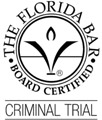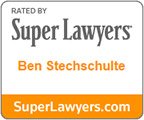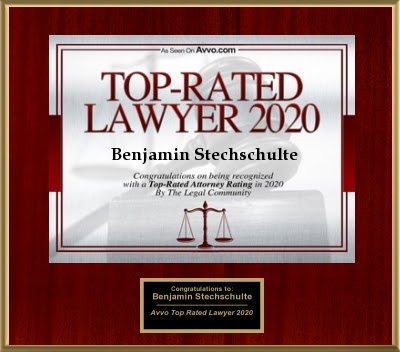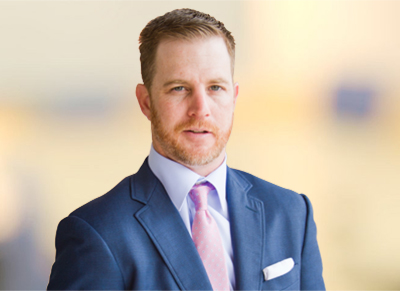Admissibility of evidence plays a crucial role in determining the outcome of American legal proceedings, especially in cases that go to civil and criminal trials. Expert testimony is key to the resolution of many cases because these witnesses provide specialized knowledge and opinions that can significantly impact a jury’s verdict.
But what is “expert” testimony and how does a court decide which expert testimony is worthy of being heard by the jury, and which is just speculation? The judge is obliged to ensure the reliability and relevance of all evidence admitted into the trial, including expert testimony. The Daubert motion is the method judges use to separate the valid science from the speculative science.
The Daubert motion is one of the complex procedures in the criminal judicial process, but the lawyers at Stechschulte Nell, Attorneys at Law in Tampa strongly believe that every client should understand how the law applies to the facts of their case.
What is a Daubert Motion?
A Daubert motion is a formal request made by one of the parties involved in a legal proceeding. It is usually filed by the party opposing the admission of expert testimony to challenge the admissibility of the testimony. The Daubert motion is an important tool for ensuring that only reliable and relevant expert testimony is presented to the court.
It is typically filed before or during trial, and its purpose is to prompt the court to evaluate whether the expert testimony being offered by the opposing party meets the Daubert standard.
Where Did the Daubert Motion Come From?
The Daubert motion gets its name and authority from a trio of landmark U.S. Supreme Court cases in the 1990s known collectively as the “Daubert Trilogy.” The first case, Daubert v. Merrell Dow Pharmaceuticals, Inc. (1993), began the development of the Daubert standard. Before the Daubert case, the admissibility of expert testimony in federal courts was governed primarily by the Frye standard, established in the case of Frye v. United States (1923). Under Frye, expert testimony was admissible if it was based on a scientific technique or principle that had gained general acceptance in the relevant field.
But the Daubert trilogy of cases reshaped the way courts determined the admissibility of expert testimony. Daubert, along with General Electric Co. v. Joiner (1997) and Kumho Tire Co. v. Carmichael (1999), emphasized the role of the trial judge as the “gatekeeper” responsible for ensuring the reliability and relevance of expert testimony.
The Daubert Standard for Admissibility
In Daubert v. Merrell Dow Pharmaceuticals, Inc. the Supreme Court articulated several key criteria that must be satisfied for expert testimony to be admissible in federal court. These criteria are now the foundation for a Daubert motion. The Daubert standard requires that the expert’s testimony be:
- Based on Scientific Knowledge: Expert testimony must be grounded in scientifically valid principles and methods. It should be more than mere speculation or conjecture.
- Relevant to the Case: The expert’s testimony must be relevant to the issues at hand in the case, and it should assist the trier of fact (judge or jury) in understanding or resolving a fact in dispute.
- Reliable and Methodologically Sound: The expert witness’s methodology should be scientifically reliable and sound. It should be subject to peer review, have a known error rate, and be generally accepted within the relevant scientific community.
- Tested and Subjected to Empirical Scrutiny: The expert’s methods and conclusions should be able to be reproduced by others under similar conditions and methods whenever possible. This is called empirical testing and validation.
- Fits the Facts of the Case: The expert’s testimony should be applicable to the specific facts and circumstances of the case.
However, the Daubert standard also emphasizes flexibility, allowing for consideration of factors that are specific to the case being tried. No single inflexible rule can fit all circumstances. The judge is responsible for applying the Daubert standard as thoroughly and consistently as possible given the facts of each case.
The Role of the Daubert Motion: Challenging Expert Testimony
When a Daubert motion is filed, the judge conducts a detailed evaluation of the expert’s qualifications, methodology, and the relevance and reliability of their testimony. This evaluation often involves hearings during which experts may be questioned and challenged by the parties’ lawyers, and other experts may testify about the expert in question’s theories and conclusions. The judge must ultimately determine whether the expert testimony is admissible based on the Daubert criteria.
The Daubert standard has heightened the scrutiny applied to expert testimony, ensuring that only scientifically valid and relevant evidence is presented to the trier of fact. This is intended to enhance the quality of expert testimony and reduce the likelihood of unfounded or unreliable opinions swaying the judge or jury’s decisions.
The Daubert standard created a culture of critical evaluation and accountability in the area of expert testimony in court. Expert witnesses are now more likely to face rigorous scrutiny of their qualifications and methodologies. The goal is to promote the use only of sound science and reliable evidence in trial in American courts.
Balancing Reliability and Justice
The Daubert standard has undoubtedly improved the quality of expert testimony. But it has not been without its challenges and controversies. Some critics claim that the standard’s stringent requirements result in the exclusion of potentially valuable evidence, limiting access to justice for some of the parties in the litigation. They contend that the standard’s focus on scientific principles may not always be appropriate in all cases.
Another problem with the application of the Daubert standard is that some federal circuit courts interpret the requirements differently from other circuits, resulting in unequal rulings and results. This is the opposite effect the Daubert standard was intended to produce, uniformity in the assessment of the admissibility of expert testimony.
As technology and scientific knowledge advance, previously trusted beliefs are revealed to be unreliable. Examples of expert evidence now questioned or discredited include ballistics, tool mark comparison, bite mark comparison, hair comparison, fire analysis, tire and footwear impressions, and handwriting analysis. Trials in which experts testified to these scientific theories being reliable have led to many wrongful convictions.
Turn to Stechschulte Nell Law for Strong Defense in Tampa
Experienced criminal defense lawyers with years of courtroom experience are skilled at analyzing the facts of every client’s case and working with the most qualified experts in each field to prevent prosecutors from using unreliable scientific evidence against them. These technically proficient attorneys also use expert testimony complying with the Daubert standard on their client’s own behalf.
If you are facing criminal charges in federal court, contact the most experienced federal criminal defense lawyer to represent you – Stechschulte Nell, Attorneys at Law, at 813-280-1244. We are here to protect your rights and ensure a just legal process.

